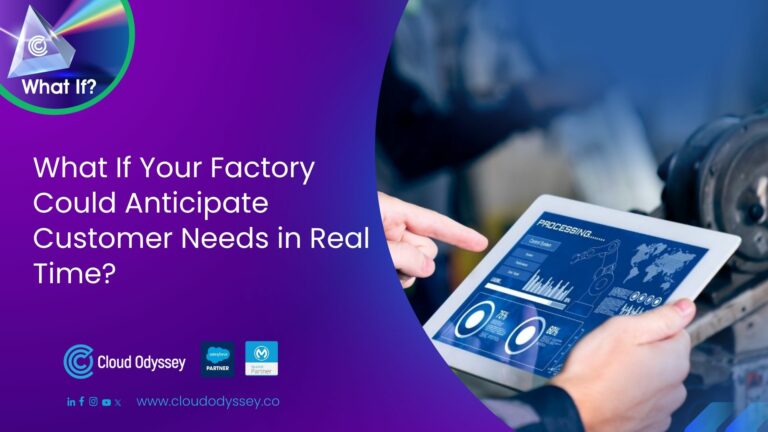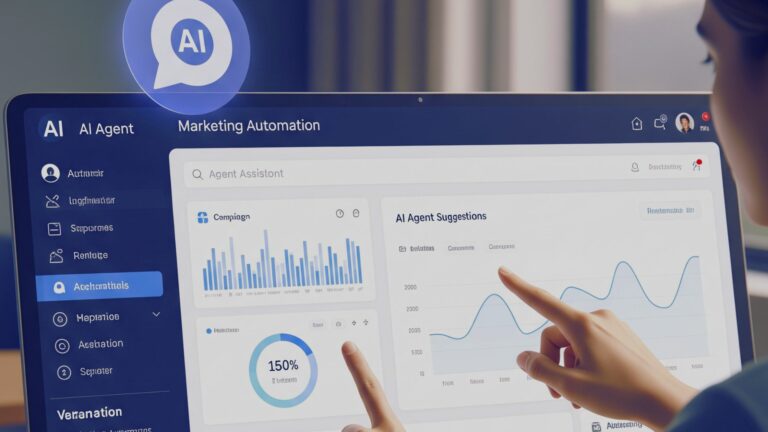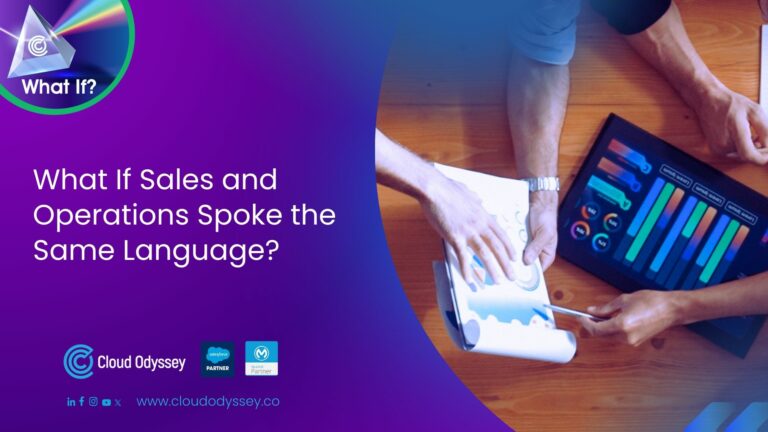In today’s dynamic e-commerce landscape, businesses need strategies that adapt to ever-changing market conditions and customer behavior. Dynamic pricing, a strategy where product prices fluctuate based on real-time factors, emerges as a powerful tool for maximizing revenue and profitability. But when is it the right approach for your business, and how can you leverage Salesforce B2C Commerce Cloud to implement effective dynamic pricing rules? Let’s delve into the world of dynamic pricing and explore its potential to elevate your e-commerce strategy.
Understanding Dynamic Pricing
Unlike traditional static pricing, dynamic pricing sets flexible prices based on various factors, including:
- Demand Fluctuations: Prices can increase during peak demand periods (e.g., holidays) and decrease during slow periods to stimulate sales.
- Inventory Levels: Clearance sales or discounts might be offered for excess inventory, while limited-edition products might command premium prices.
- Competition: Monitor competitor pricing and adjust your prices accordingly to stay competitive.
- Customer Segmentation: Offer personalized pricing based on customer loyalty, purchase history, or browsing behavior.
When is Dynamic Pricing Relevant?
Dynamic pricing isn’t a one-size-fits-all solution. It’s most effective for businesses that:
- Sell Products with Elastic Demand: This applies to products where price sensitivity is high, and customers are willing to pay more or less depending on the perceived value. Examples include travel bookings, concert tickets, or seasonal items.
- Operate in Competitive Markets: Dynamic pricing allows you to react quickly to competitor pricing changes and maintain a competitive edge.
- Have a Large Inventory: Dynamic pricing helps manage inventory levels by incentivizing sales of slow-moving products.
Dynamic Pricing Rules in Salesforce B2C Commerce Cloud
B2C Commerce Cloud offers functionalities to implement dynamic pricing strategies through Price Lists and Price Adjustments:
- Price Lists: Create multiple price lists with different price tiers for products. You can then assign customer segments to specific price lists for targeted pricing.
- Price Adjustments: Set up rules that automatically adjust prices based on pre-defined criteria. These rules can consider factors like demand, competition, or inventory levels.
Beyond the Basics: Advanced Dynamic Pricing Strategies
Salesforce B2C Commerce Cloud empowers you to implement even more sophisticated dynamic pricing strategies:
- Time-Based Pricing: Schedule automated price adjustments based on specific times of day, days of the week, or seasonal trends.
- Minimum Advertised Price (MAP) Rules: Enforce MAP compliance by automatically adjusting prices to stay within the minimum advertised price set by manufacturers.
- Promotional Pricing: Create dynamic pricing rules for specific promotions or flash sales, automatically adjusting prices for a limited time.
Benefits of Dynamic Pricing with Salesforce B2C Commerce Cloud
By leveraging dynamic pricing in Salesforce B2C Commerce Cloud, you can unlock a multitude of benefits:
- Increased Revenue: Optimize pricing to capture maximum value during peak demand periods.
- Improved Inventory Management: Dynamic pricing helps move slow-moving inventory and prevent stockouts.
- Enhanced Customer Satisfaction: Targeted pricing based on customer segments can create a sense of value and satisfaction.
- Greater Competitive Advantage: Respond quickly to market changes and maintain a competitive edge.
A Word of Caution: The Importance of Transparency
While dynamic pricing offers numerous advantages, it’s crucial to implement it with transparency. Clearly communicate your pricing strategy to customers and avoid frequent price fluctuations that can erode trust.
Conclusion
Dynamic pricing can be a powerful tool for e-commerce businesses seeking to optimize revenue, manage inventory, and stay competitive. Salesforce B2C Commerce Cloud provides the functionalities you need to implement dynamic pricing strategies and unlock its full potential. Carefully consider your business model, target audience, and market dynamics to determine if dynamic pricing is the right fit for you. By leveraging it strategically and maintaining transparency, you can elevate your e-commerce strategy and achieve long-term success.










